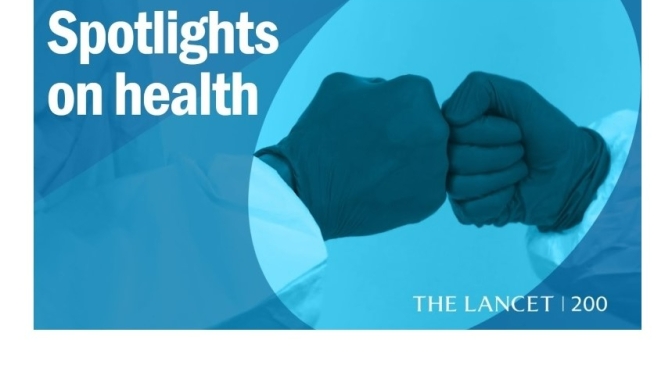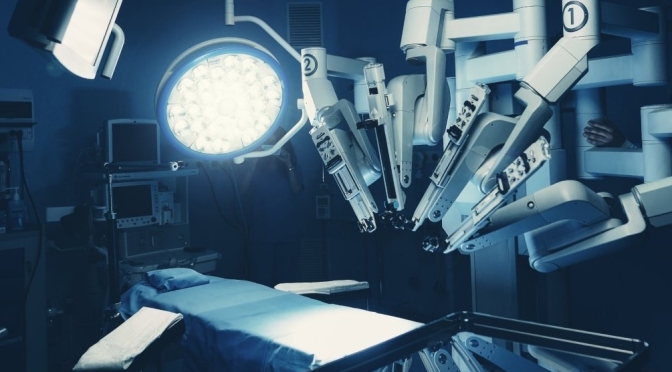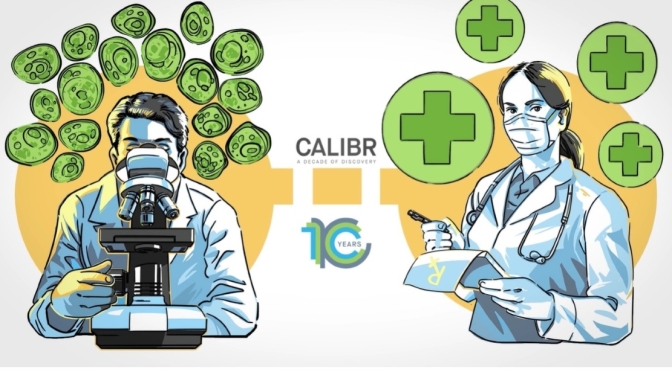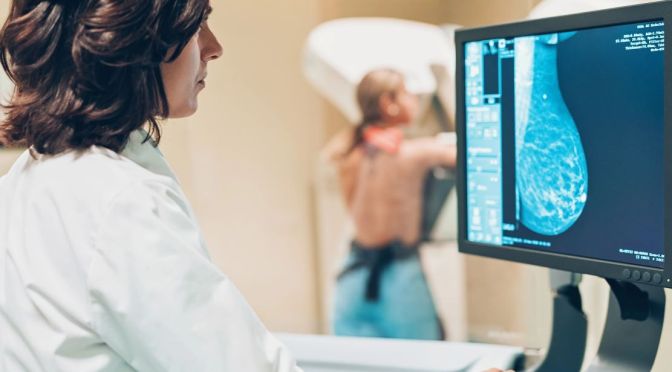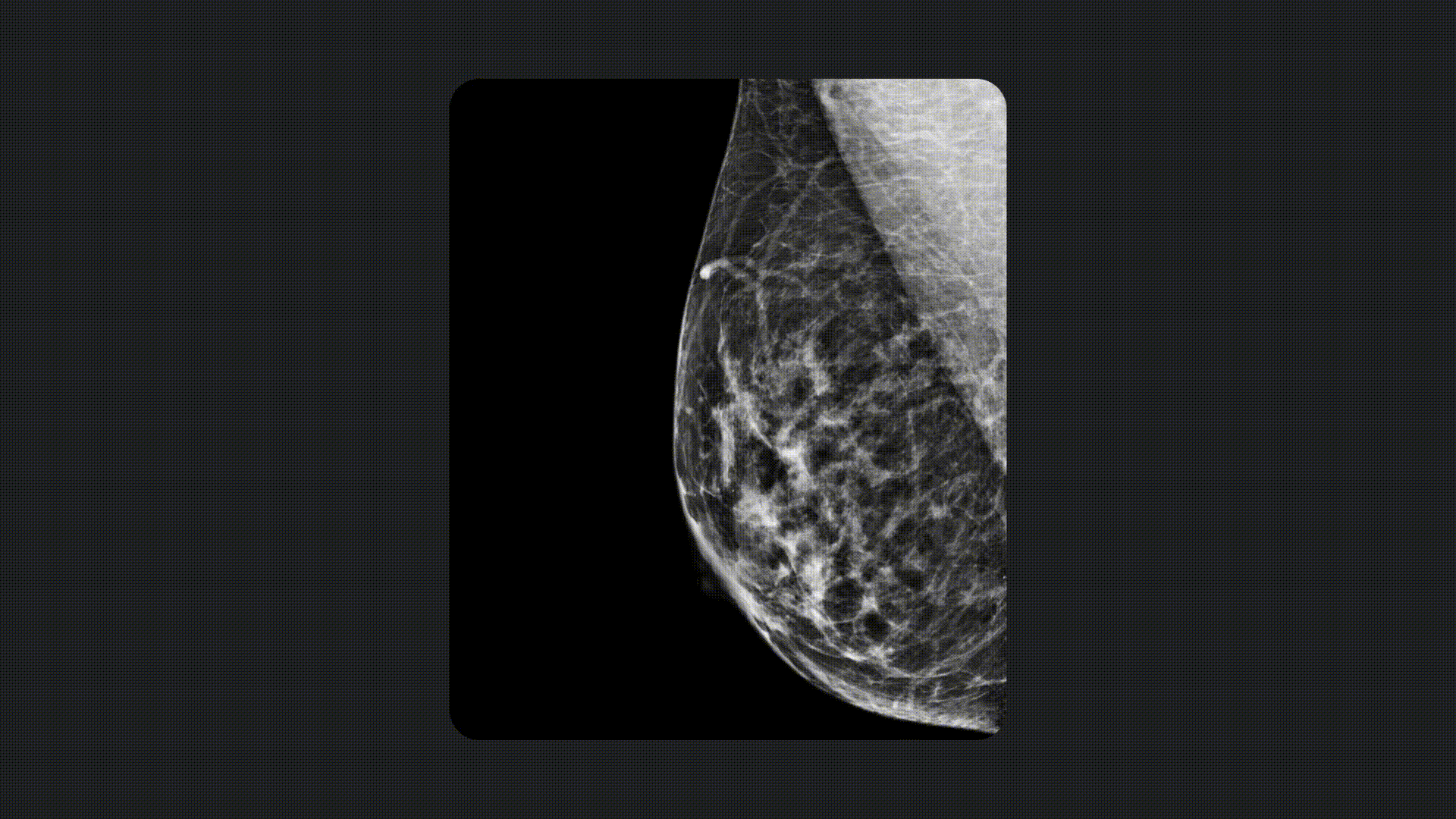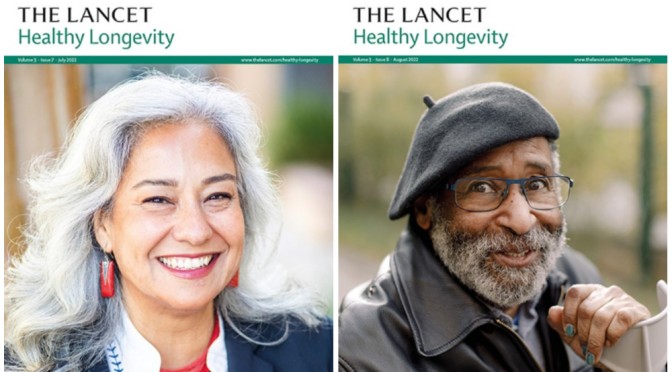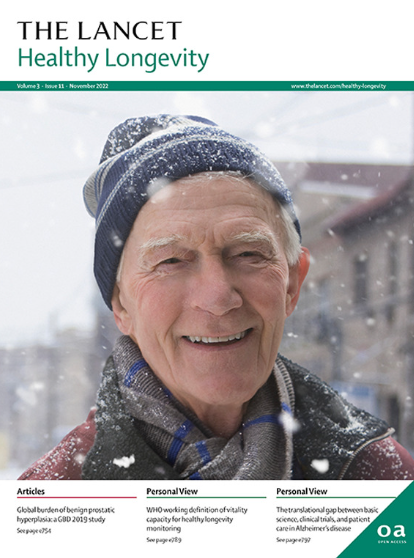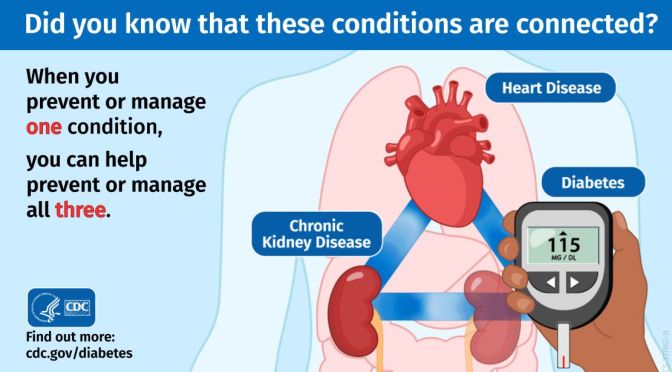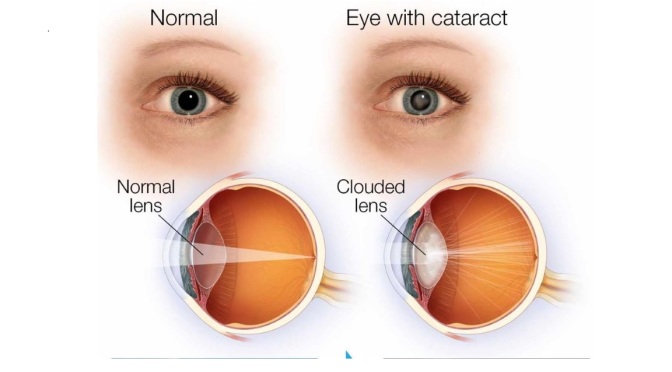The Lancet (January 2023) – For our 200th anniversary year we have identified five Spotlight subjects of particular importance. Watch as Richard Horton, Editor-in-Chief, and other Lancet Editors around the world outline these Spotlights and discuss priorities for the future of health.
This year, we draw attention to the most critical issues impacting health globally, the extraordinary people involved in tackling them, and the voices of those most impacted. For five Spotlights, we will run a programme of activities to bring these issues to life and convene the right people and resources in order to drive change in these areas.
Spotlight on Universal Health Coverage
Ensuring all populations globally have access to affordable, quality health care
Spotlight on Research for Health
Prioritising evidence to guide and inform decision making
Spotlight on Child and Adolescent Health
Prioritising the health needs of children and adolescents now
Spotlight on Health and Climate Change
Tackling climate change through the lens of human health
Spotlight on Mental Health
Implementing sustainable global mental health in a fragmenting world

